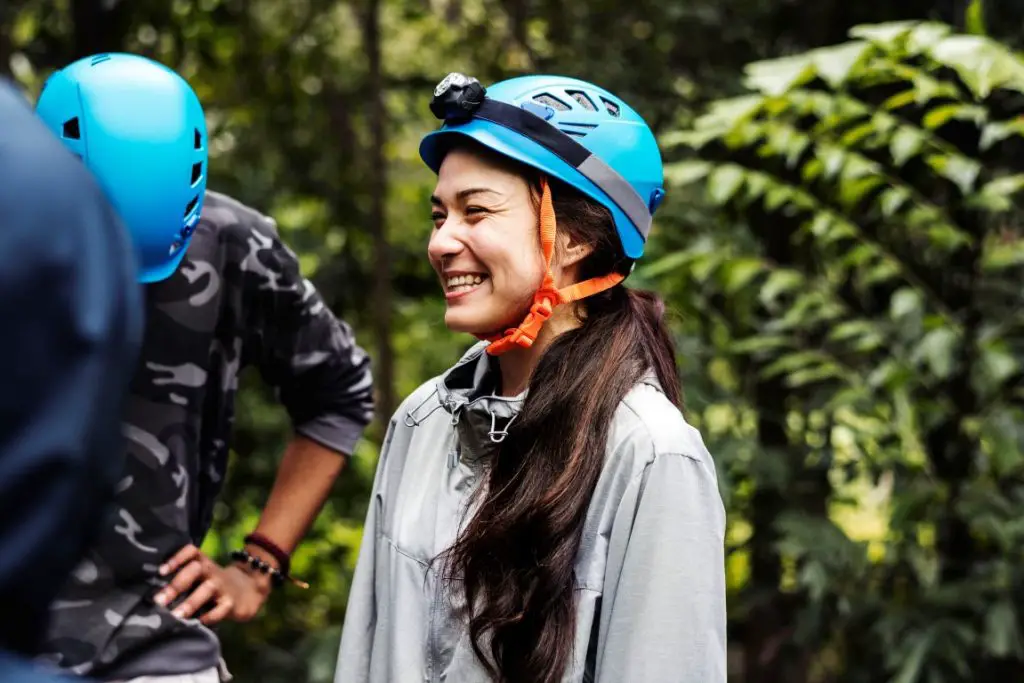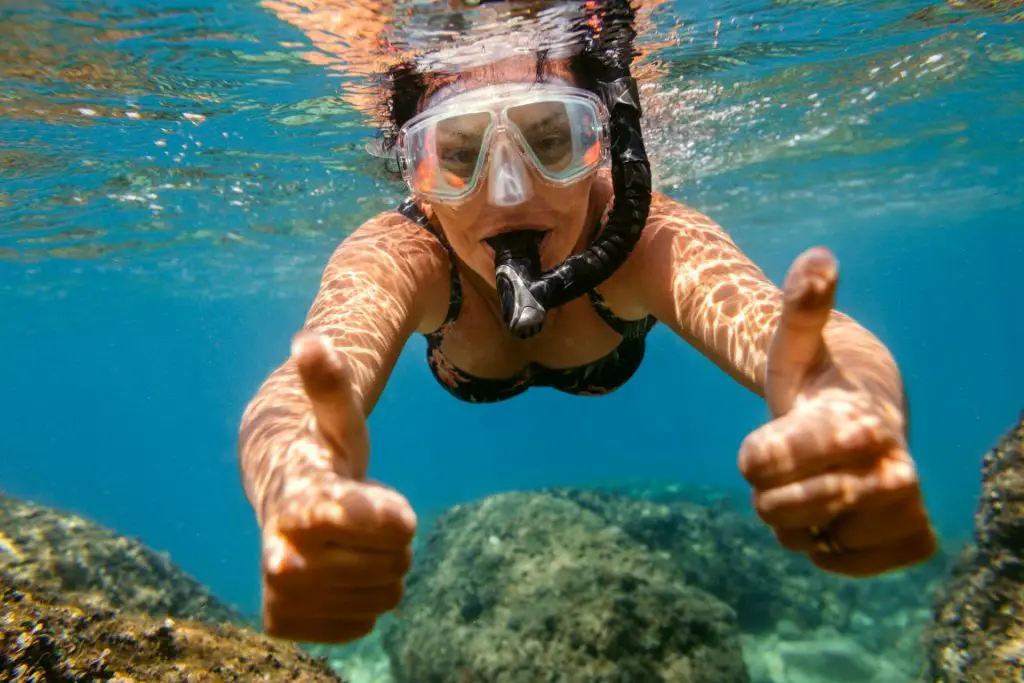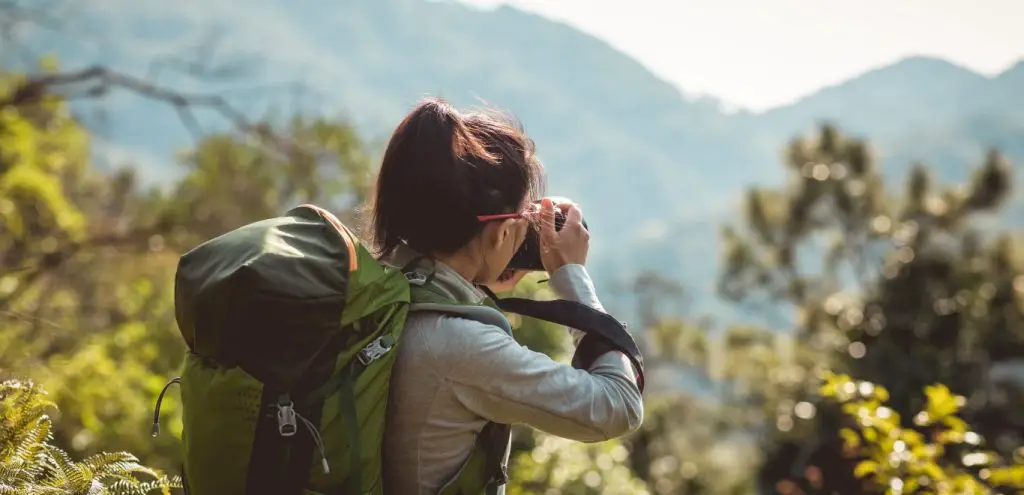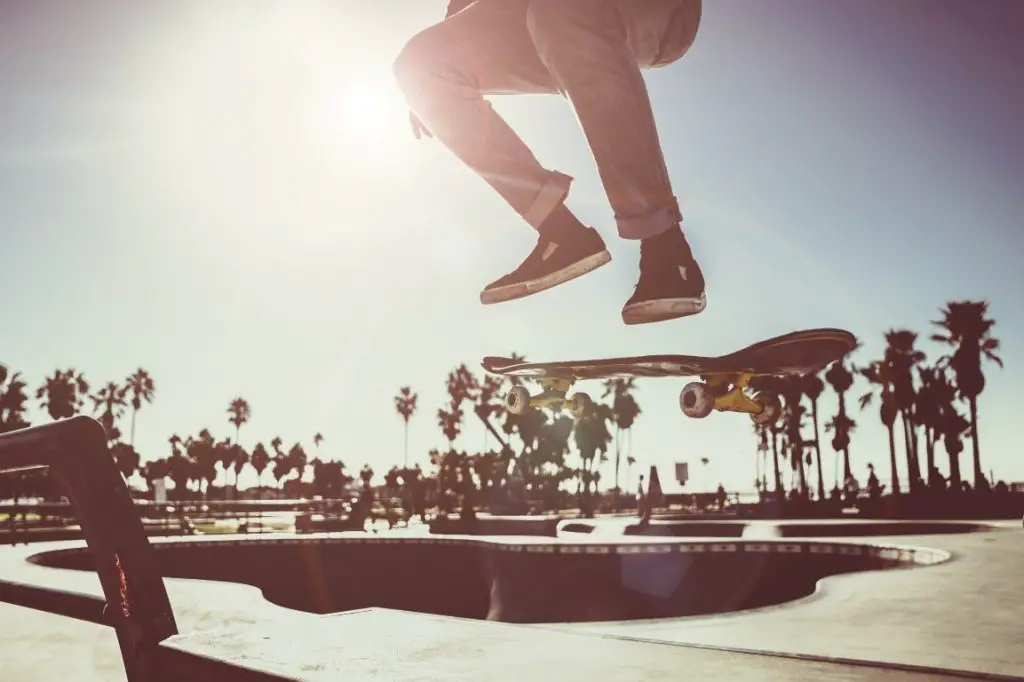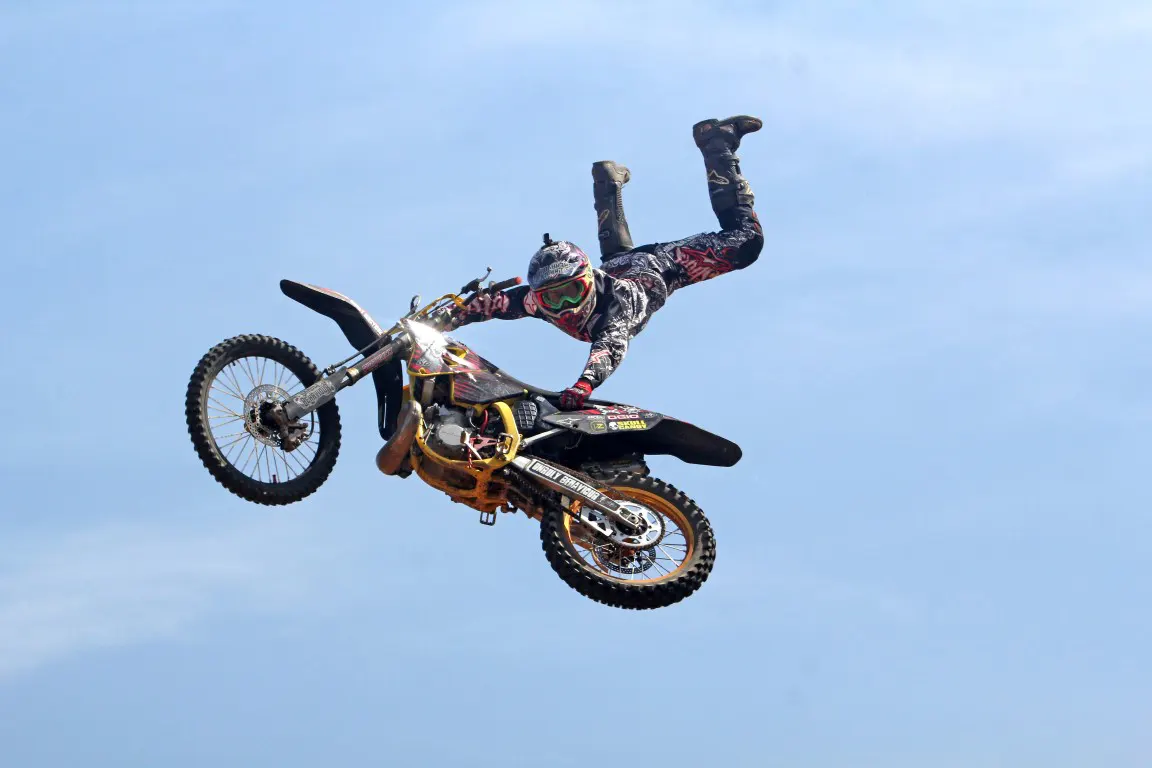
Extreme sports photography requires not only technical skills but also physical endurance, creativity, and the ability to anticipate the action.
In this article, I’ll explore the importance of preparation and safety considerations for extreme sports photography, as well as provide practical tips and techniques for capturing thrilling shots of athletes in action.
Let’s dive in!
How to Do Extreme Sport Photography
Capturing extreme sports requires a combination of skill, creativity, and planning.
To capture stunning photos of extreme sports, it is important to choose the right location, as it can greatly impact the outcome of the photo.
Look for areas that provide a unique perspective and showcase the action dynamically.
Besides, framing the shot is also important, as it helps to convey the movement and energy of the sport.
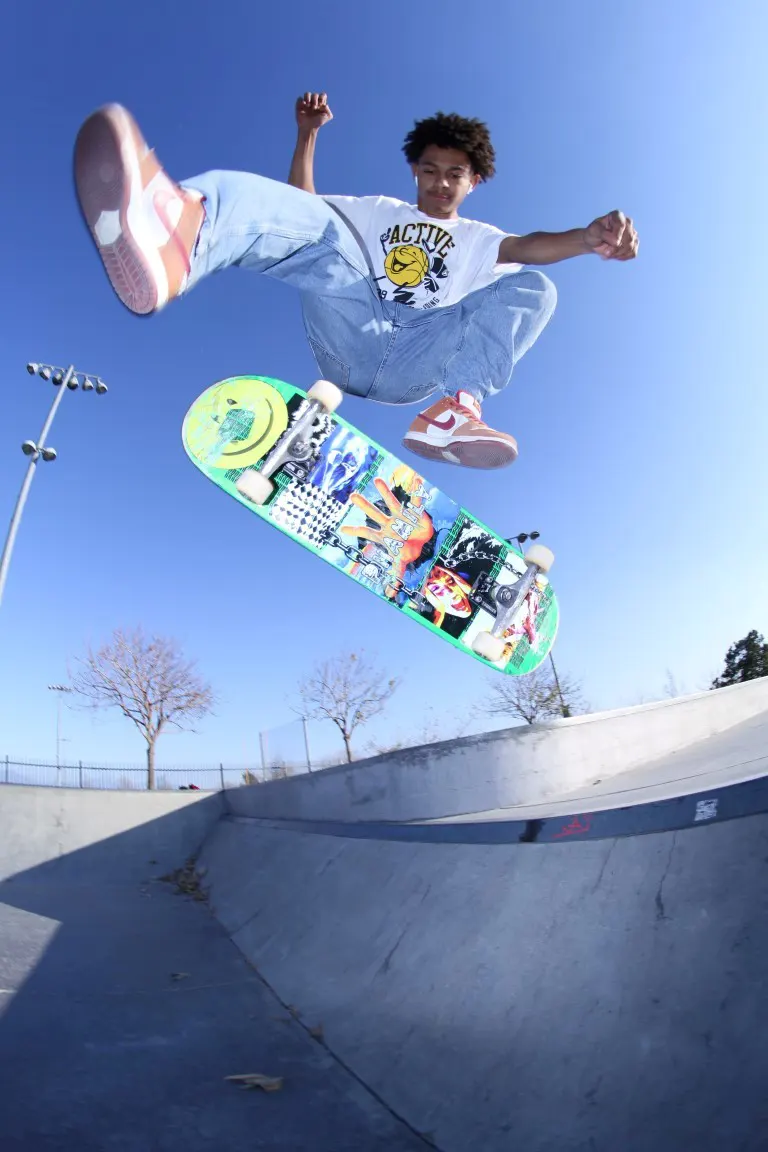
Use different angles and perspectives to create a sense of depth and dimension in your photos.
Another thing is anticipating the action, so be prepared and know the movements of the athletes to capture the best moments.
Don’t worry, I’ll tell you some tips that worked for me when I deal with athletes.
Tips for working with athletes and capturing their movements in extreme sports photography
- Before the shoot, you can talk to the athlete about the type of shots you want to capture and any safety concerns.
- Ensure that athletes are comfortable with the shoot and understand what you are looking for.
- Use the burst mode on your camera to capture a series of shots of the athlete in action.
- Try shooting from different angles to capture the athlete’s movements from various perspectives.
- Focus on the athlete’s eyes to add a sense of intensity to your shot.
- Anticipate the athlete’s movements and position yourself accordingly to capture the perfect shot. This requires practice and familiarity with the sport.
By following these tips, you can capture stunning shots of athletes in action while maintaining a safe and professional environment.
Safety Considerations for Extreme Sports Photography Shoot
Besides, while preparing for an extreme sports photography shoot, it is important to ensure both the safety of the photographer and the athlete being photographed.
Safety considerations such as wearing appropriate protective gear, scouting the location beforehand, and communicating with the athletes are all important aspects of preparation.
Best Camera Settings for Extreme Sport Photography
Extreme sport photography requires the right camera settings to capture the action in motion.
The three main elements to focus on are:
- Aperture
- Shutter speed
- ISO
Aperture controls the depth of field and amount of light in the shot, shutter speed controls the motion blur and freezing of the action, and ISO controls the camera’s sensitivity to light.
- A fast shutter speed to freeze the action and prevent motion blur
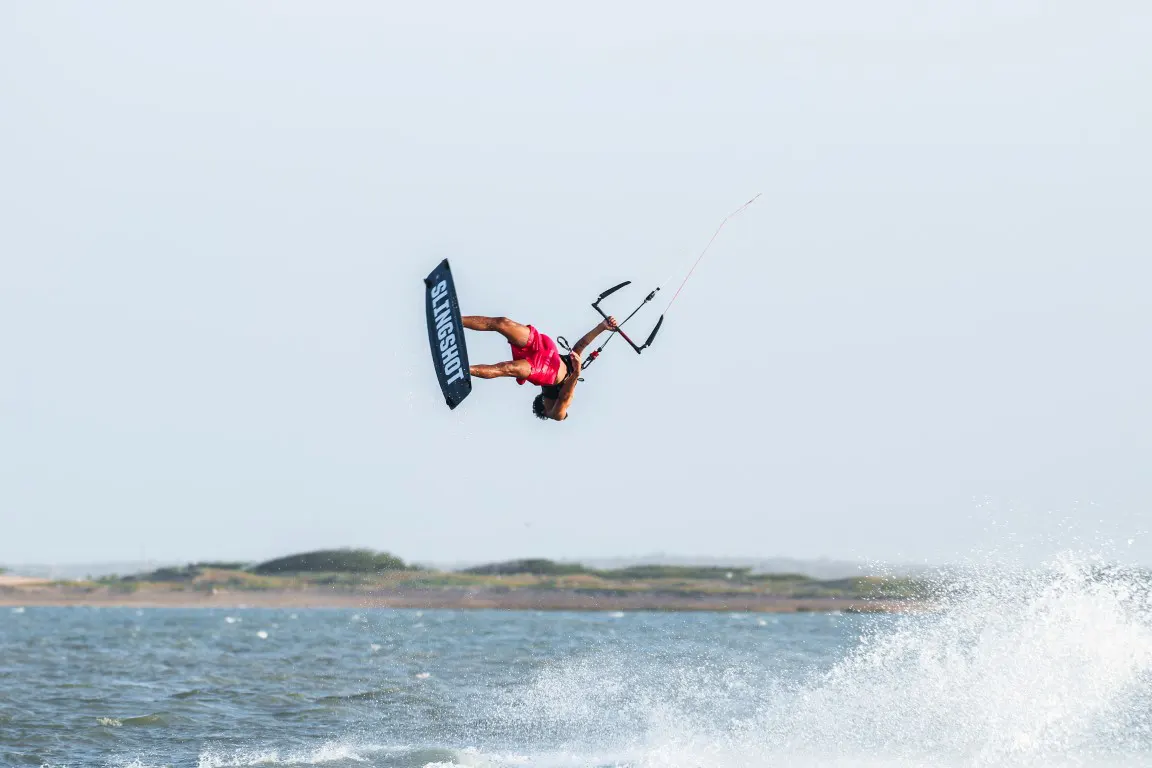
- A higher ISO can help compensate for low-light conditions
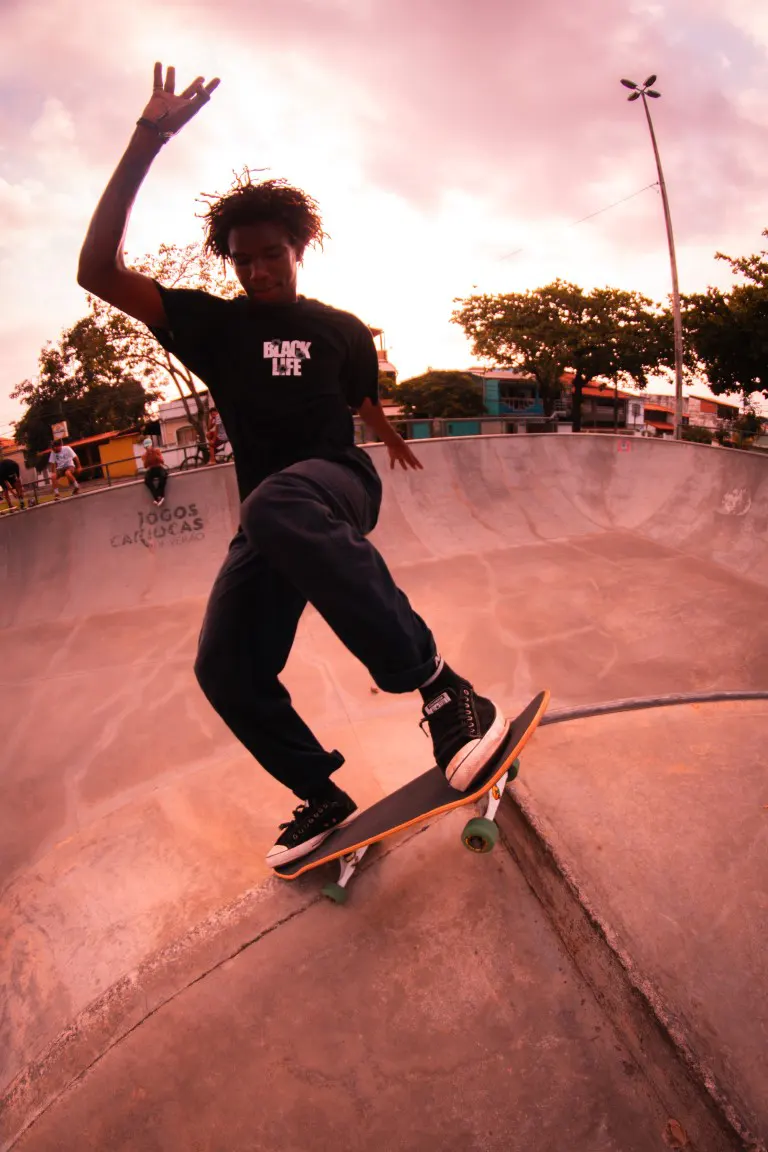
- A wider aperture can create a shallow depth of field and emphasize the subject
Balancing these settings and experimenting with different combinations will give you stunning and dynamic shots of extreme athletes in action.
Besides, the ideal camera settings for different extreme sports vary based on factors such as lighting conditions, subject movement, and desired outcomes.
For surfing, a fast shutter speed is recommended to capture the motion of the waves, while snowboarding and skateboarding benefit from a wider aperture to emphasize the subject.
However, do experiment with different settings to find the ideal combination for each specific sport.
Tips on Choosing the Right Equipment for Extreme Sport Photography
It’s worth considering some features of photography equipment for extreme sport shoot.
Let me give some tips I always consider for this purpose.
- Research the specific needs of the extreme sport you’ll be photographing
- Choose a camera with fast autofocus and continuous shooting mode
- Select a lens with a long focal length for capturing action from a distance
- Consider using a polarizing filter to reduce glare and enhance colors
- Use a sturdy tripod or monopod to keep your camera steady during action shots
- Invest in a durable camera bag to protect your equipment during transport and shooting
Extreme Sport Photography Tips for Capturing Action Shots
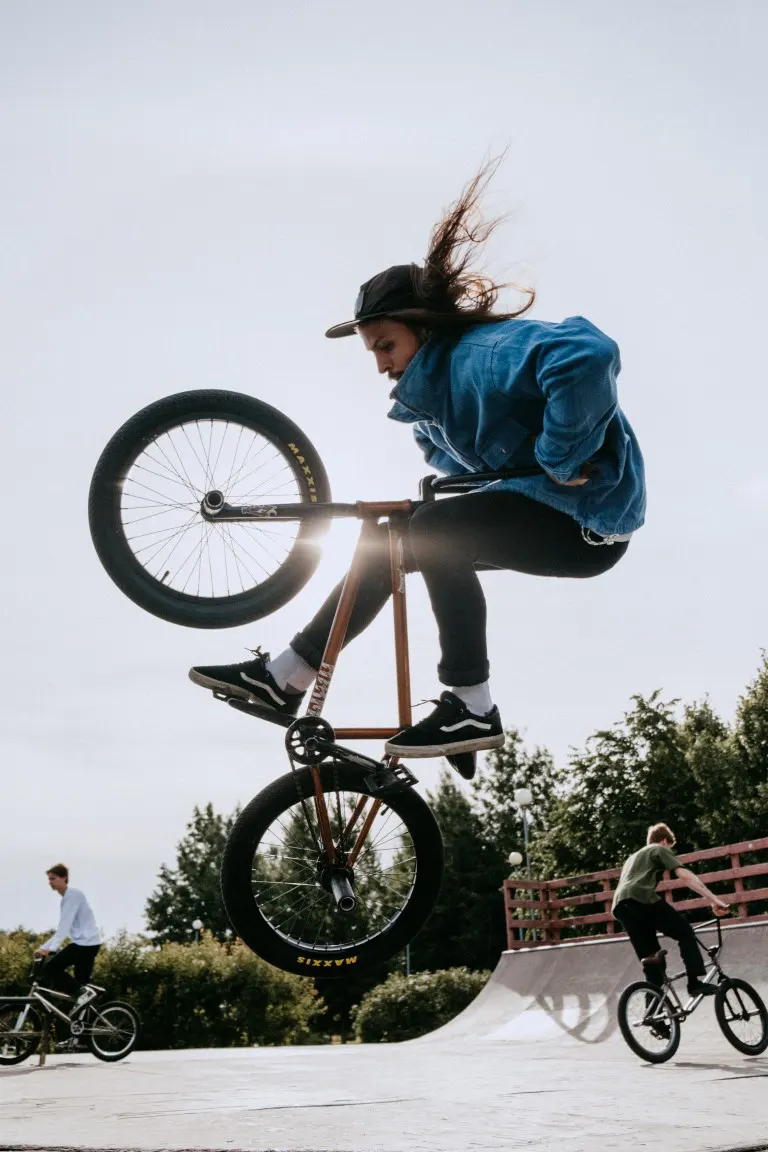
Capturing action shots will be challenging, but if you can follow some specific terms, you can capture the best of the moments in extreme sports.
The following tips will guide you to capture amazing shots in extreme sports photography.
- Use a fast shutter speed to freeze the action and prevent blur
- Utilize burst mode to capture multiple shots in quick succession
- Anticipate the movement of the subject and be prepared to capture the action
- Use continuous autofocus to ensure the subject stays in focus while in motion
- Experiment with different angles and perspectives to add variety to your shots
- Consider using a tripod or monopod to stabilize your camera for sharper images
Besides, check out my previous article on camera settings for action shots for a guide to capturing your extreme sports action shots.
Tips for Shooting Extreme Sports in Different Environments & Weather Conditions
The environment and surroundings will create a dynamic and visually striking image of extreme sports.
So, you can consider factors such as the lighting, the terrain, and the weather conditions.
For example, capturing a snowboarder on a sunny day with a clear blue sky can create a vivid and dramatic image.
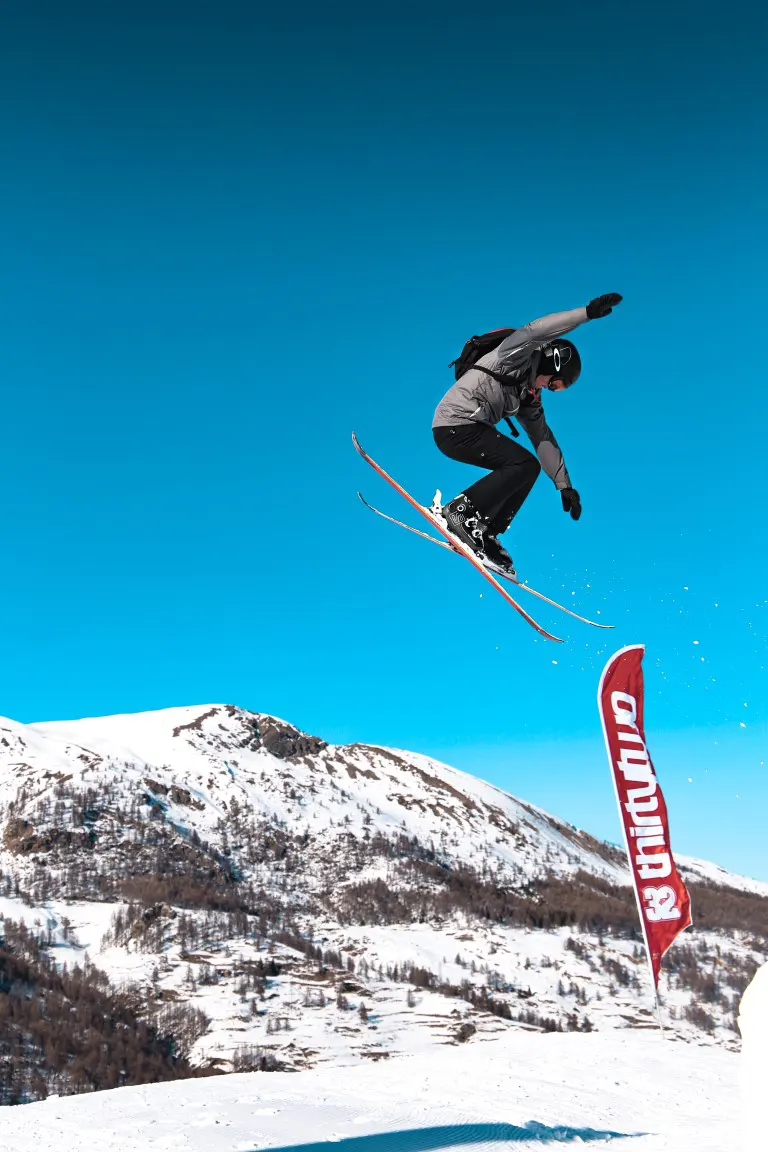
Besides, using the surrounding landscape, such as a mountain range or ocean waves, as a backdrop can add depth and interest to the photo.
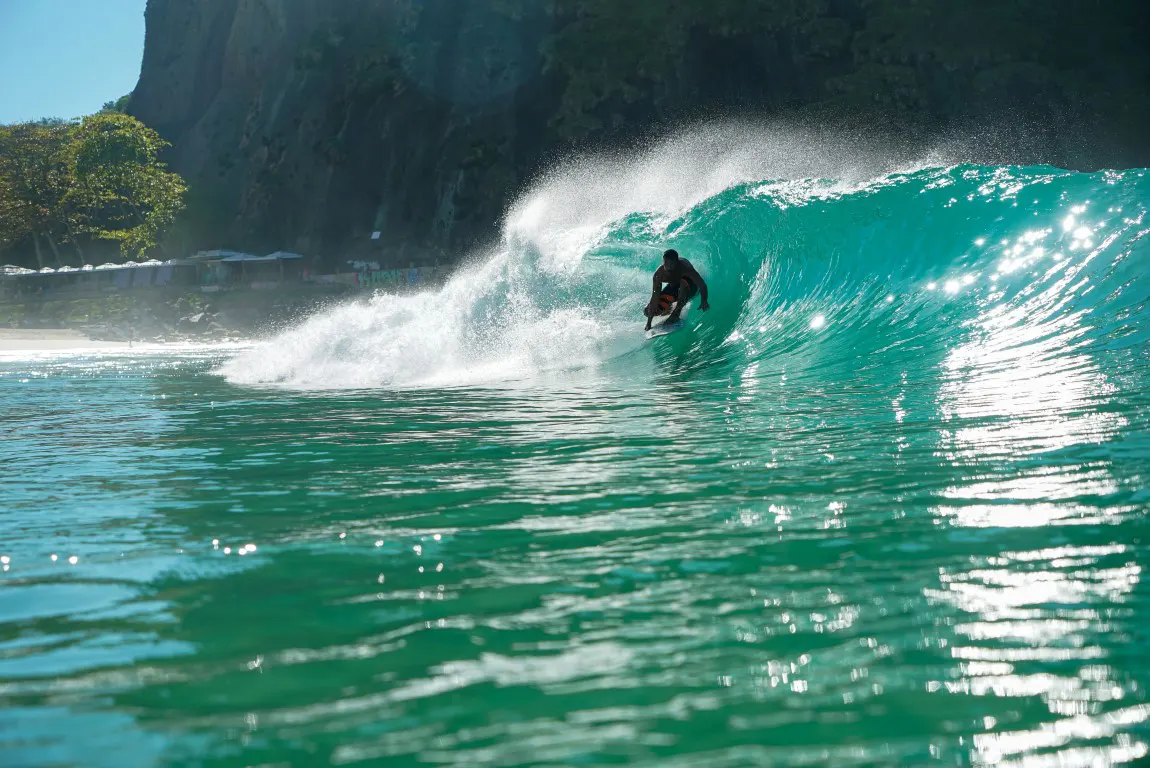
Here are some tips you can try when shooting extreme sports photography in different environments.
- Consider the lighting conditions of the environment and adjust your camera settings accordingly.
- In aquatic environments, use a waterproof camera or housing to protect your equipment.
- Use a wide-angle lens to capture the grandeur of the surroundings, when shooting in mountainous environments.
- Look for interesting backgrounds and angles to incorporate into your shots when shooting in urban environments.
- Be aware of any safety hazards or restrictions in each environment and plan accordingly.
Post-Processing Techniques for Extreme Sports Photography
Post-processing techniques for extreme sports photography may vary depending on the specific style and vision of the photographer.
But some common techniques include adjusting exposure, contrast, and saturation, cropping to improve composition, and using selective adjustments to enhance specific areas of the photo.
Other techniques may include using specialized filters or presets to create a certain mood or tone, and adjusting the white balance to correct for color temperature.
It’s important to balance the desire to enhance the photo with the need to preserve its natural look and feel, so it’s recommended to use post-processing techniques in moderation and with intention.
Popular software for editing and enhancing extreme sports photos includes Adobe Lightroom, Photoshop, and other similar programs.
However, keep in mind to preserve the natural look and feel of the photo while still enhancing its impact.
Don’t overdo the editing and always strive to create a photo that accurately represents the moment you captured.
Extreme Sports Ideas for Photography
Extreme sports and activities offer a wealth of opportunities for capturing stunning photos.
From surfing and skateboarding to rock climbing and sky diving, there are countless options for adventure-seeking photographers.
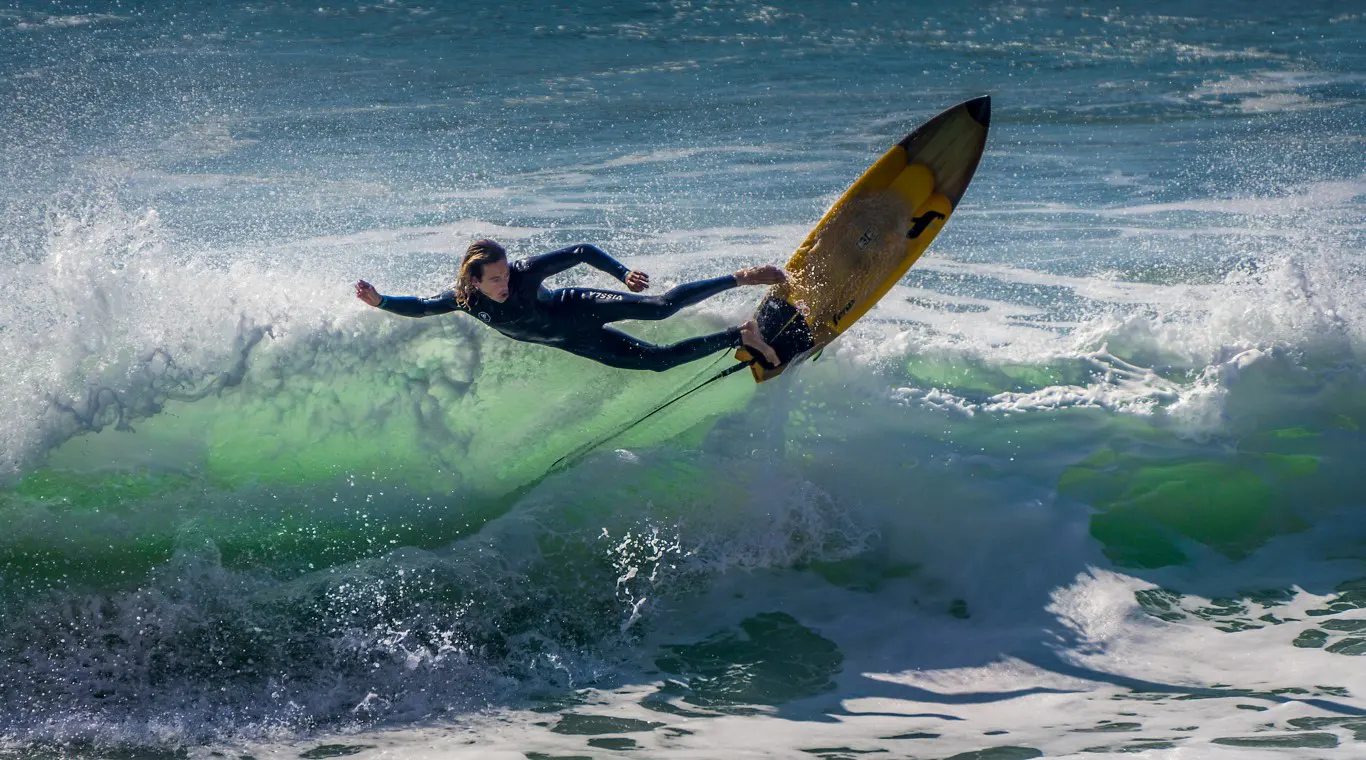
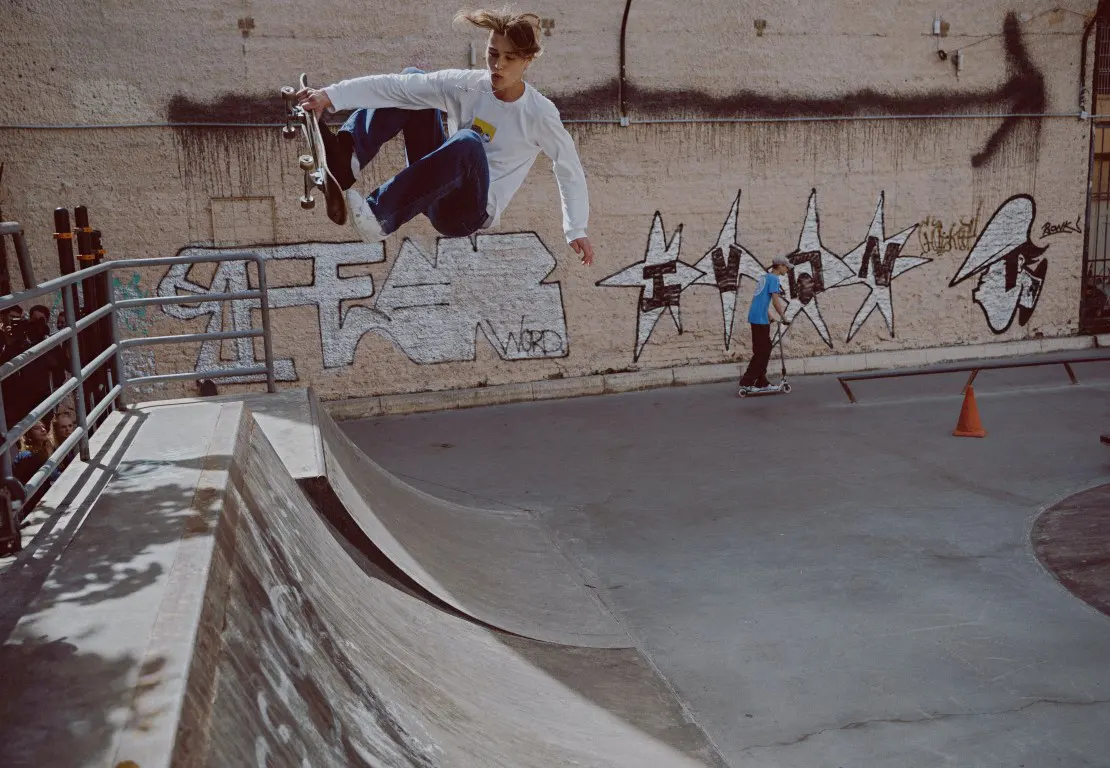
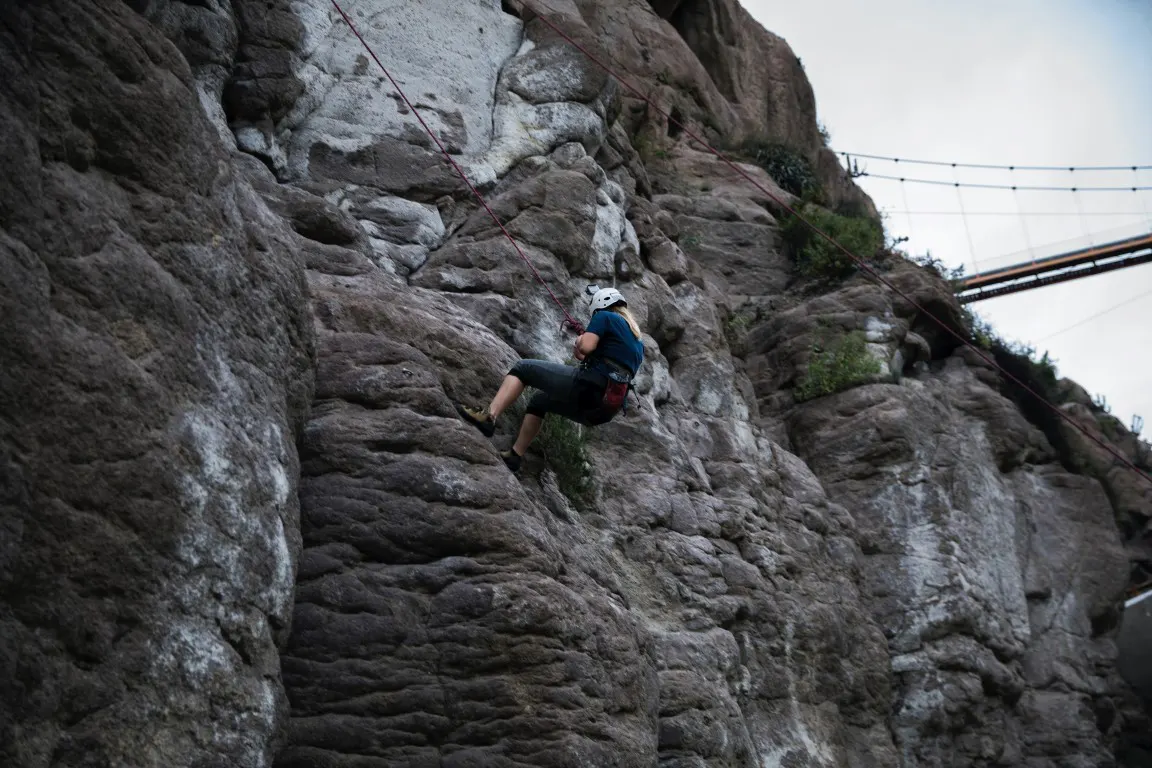
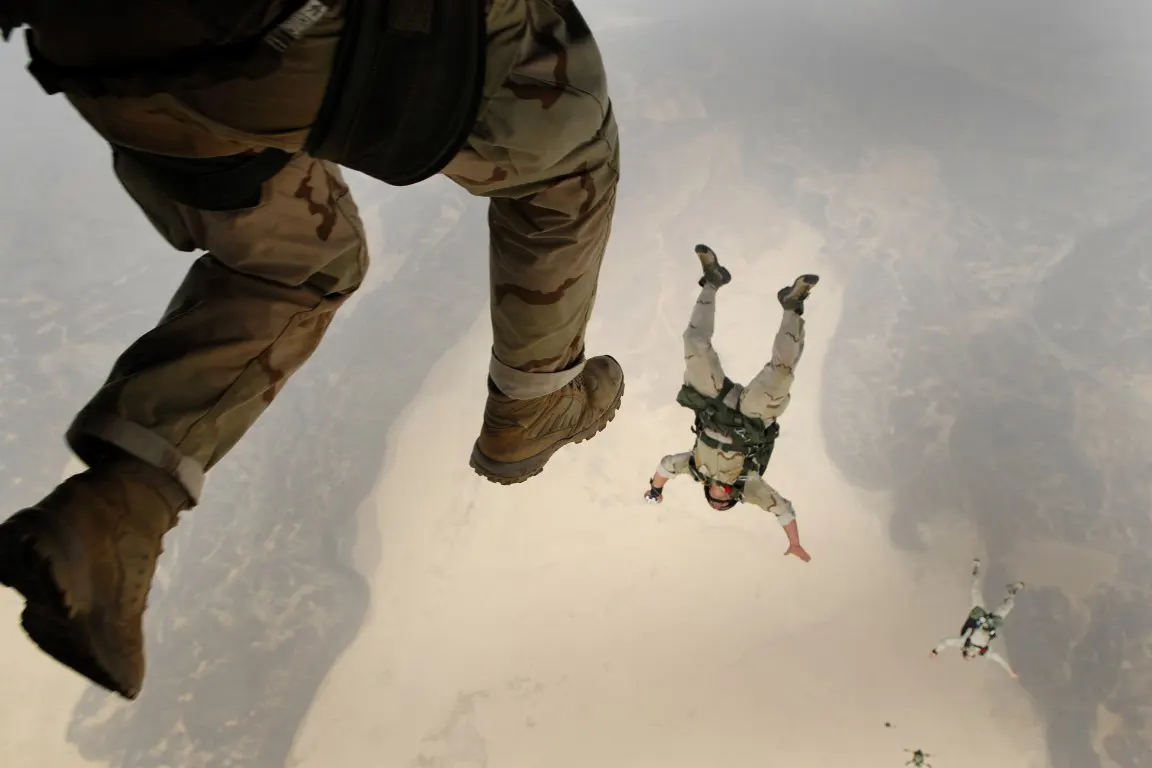
Other popular extreme sports include snowboarding, BMX biking, and motocross.
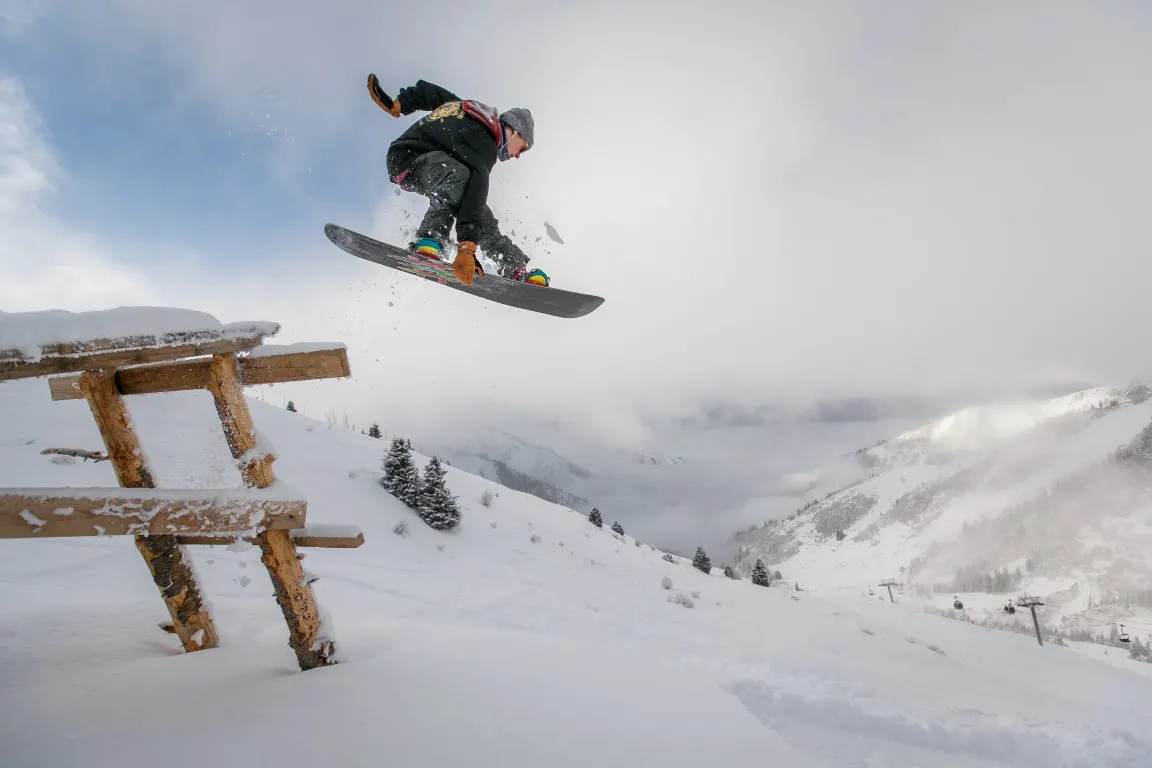
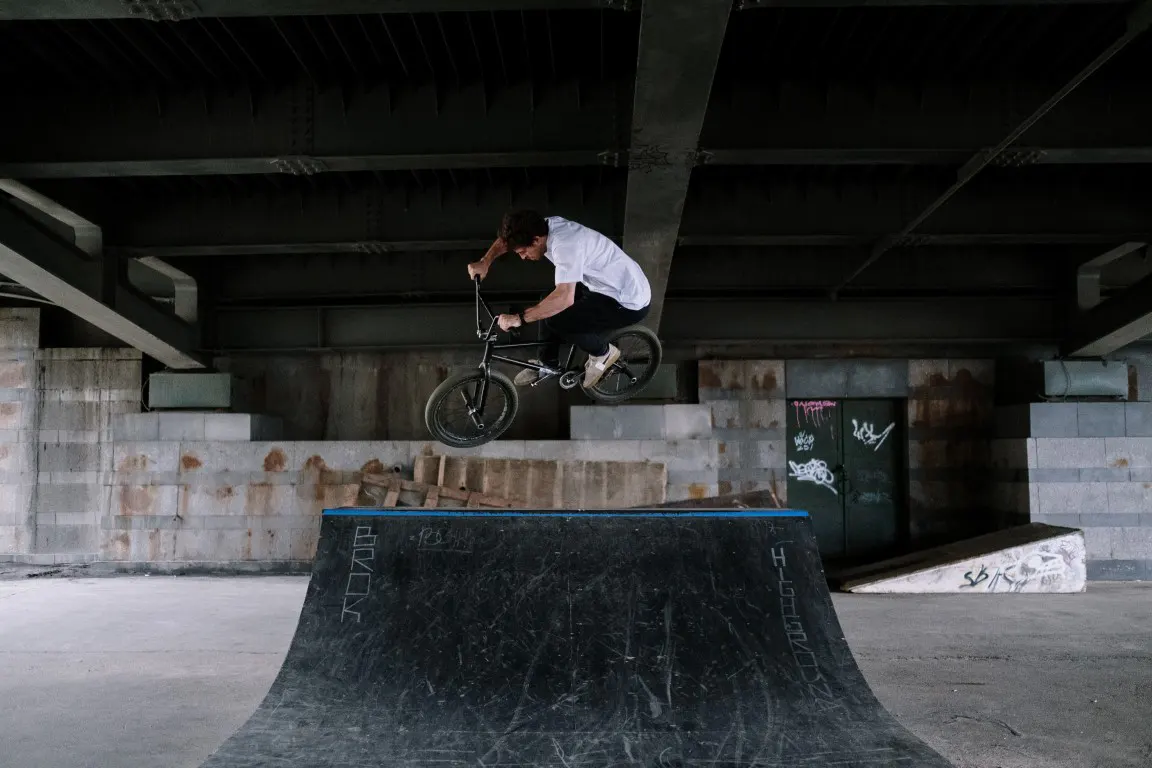
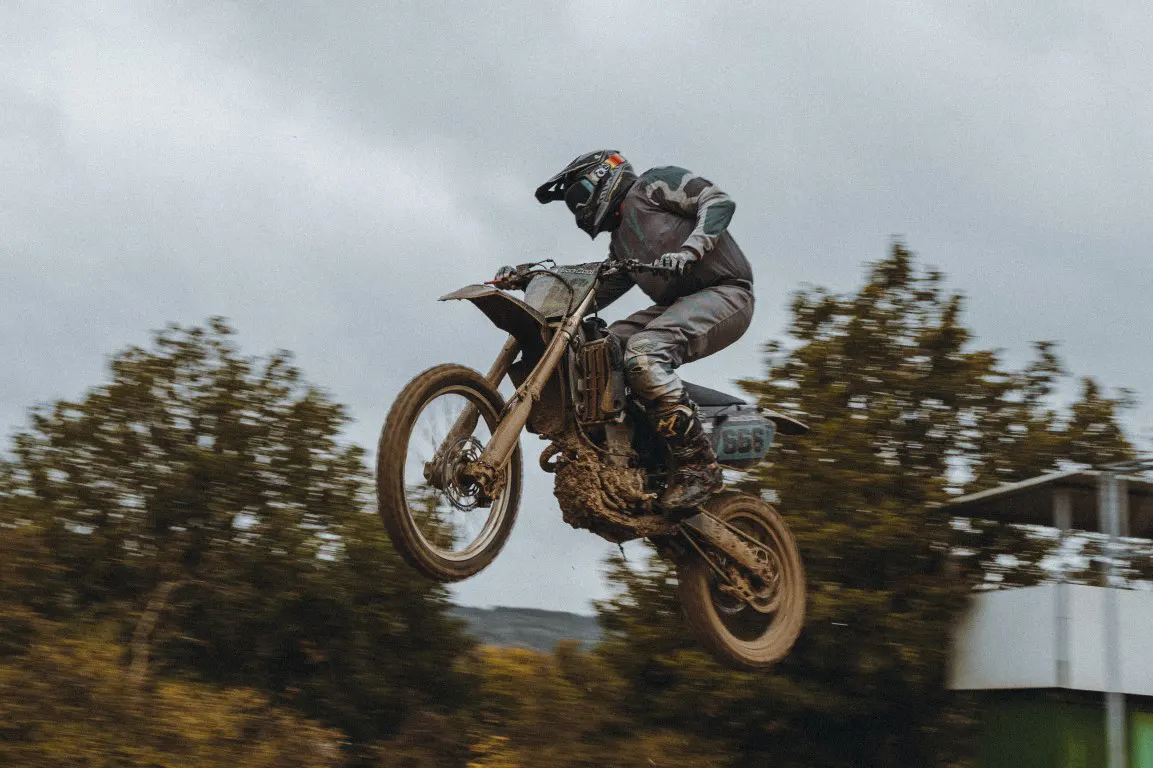
The fast-paced, adrenaline-fueled nature of these sports makes for dramatic and exciting photos.
Additionally, there are lesser-known extreme activities like parkour, kiteboarding, and that can provide unique and visually captivating shots.
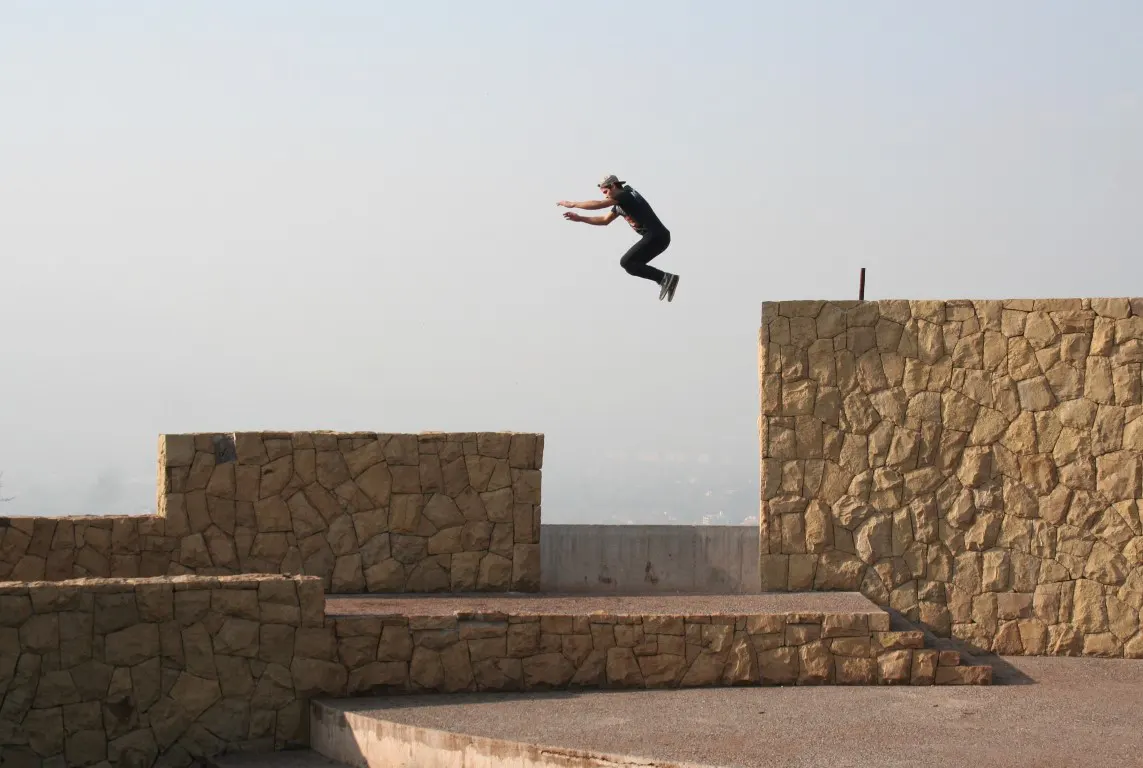
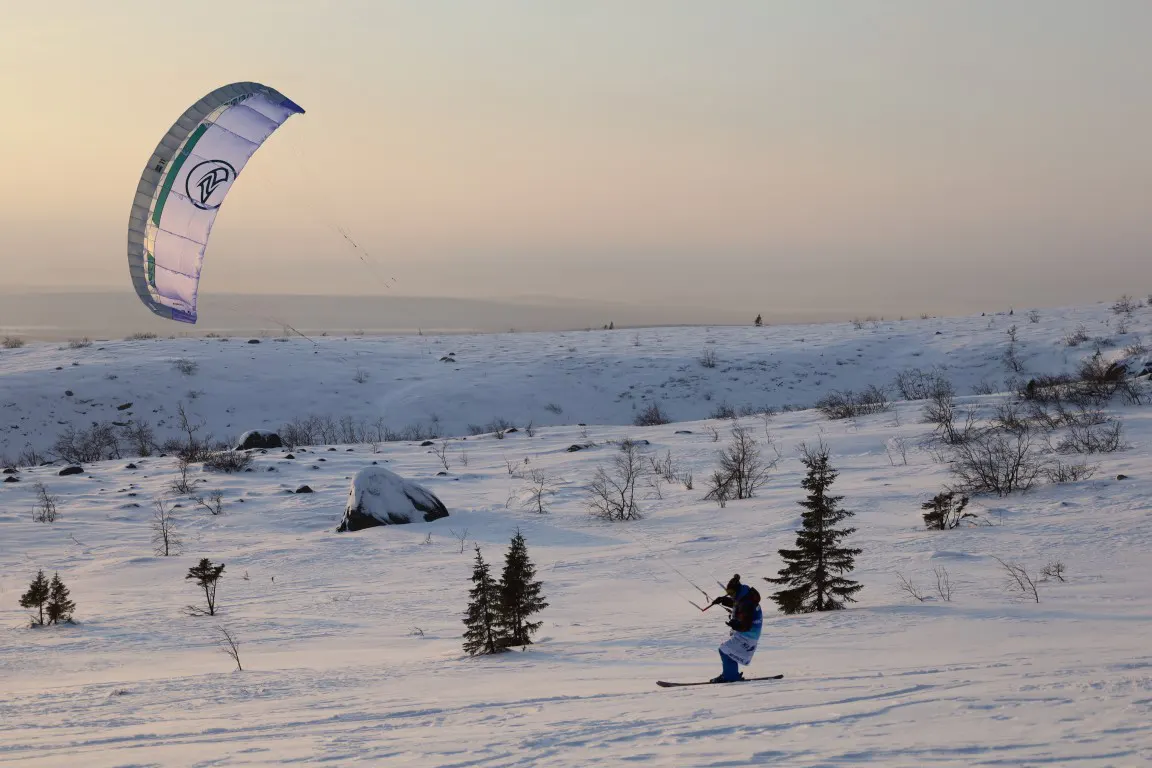
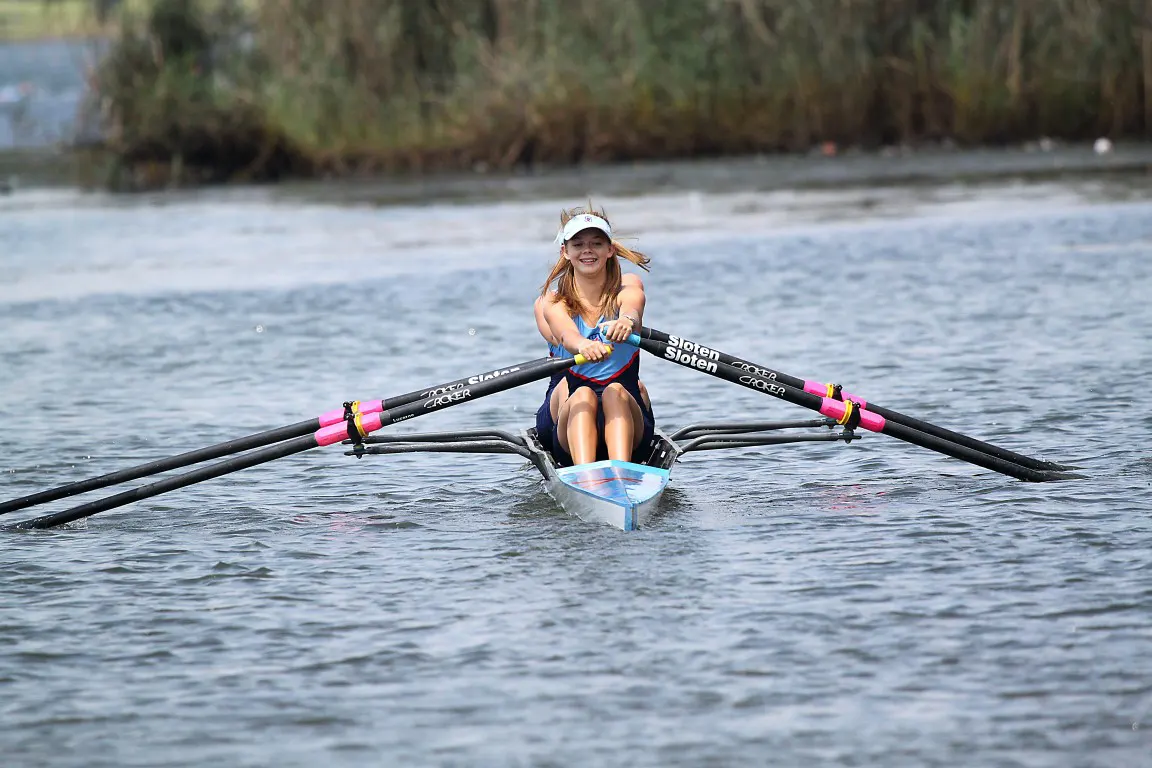
Whatever your preferred style of photography, there is sure to be an extreme sport or activity that will inspire you and offer a chance to capture stunning images.
Conclusion
In conclusion, extreme sports photography is a thrilling and challenging pursuit that requires a combination of technical skill, creative vision, and safety considerations.
From preparing your equipment and settings to anticipating movement and capturing action, the key to success is in the details.
By following the tips and techniques outlined in this article to capture stunning shots that showcase the energy, excitement, and beauty of these amazing sports.
So, get out there, be adventurous, and keep experimenting with different techniques and settings to find your unique style.
Justin Parker is a professional photographer and has been in the industry since 2007. He attended the University of Georgia. Justin combines his passion for photography and his interest in writing to give life to this blog which talks about photography in order to help and inspire young photographers.

